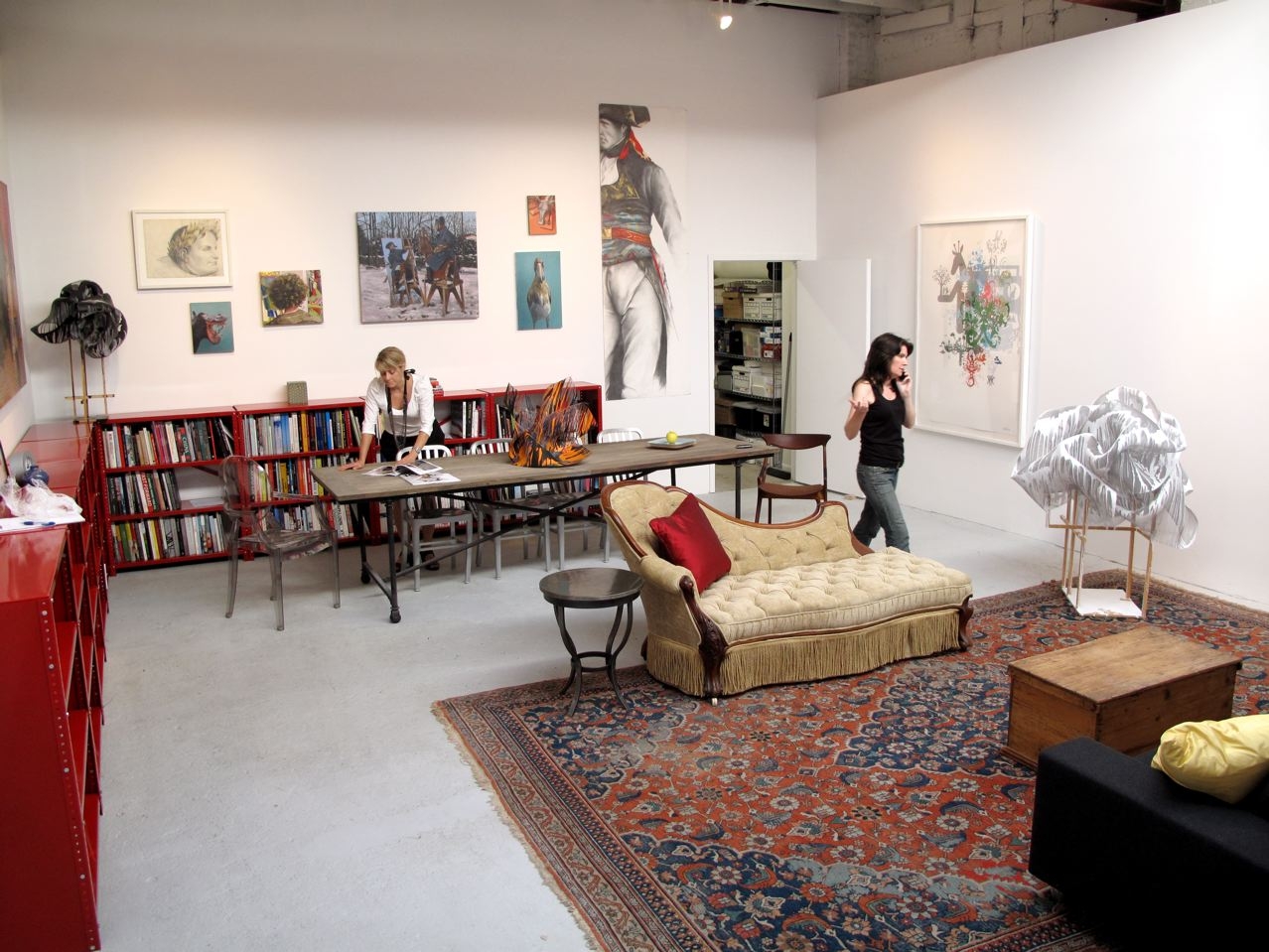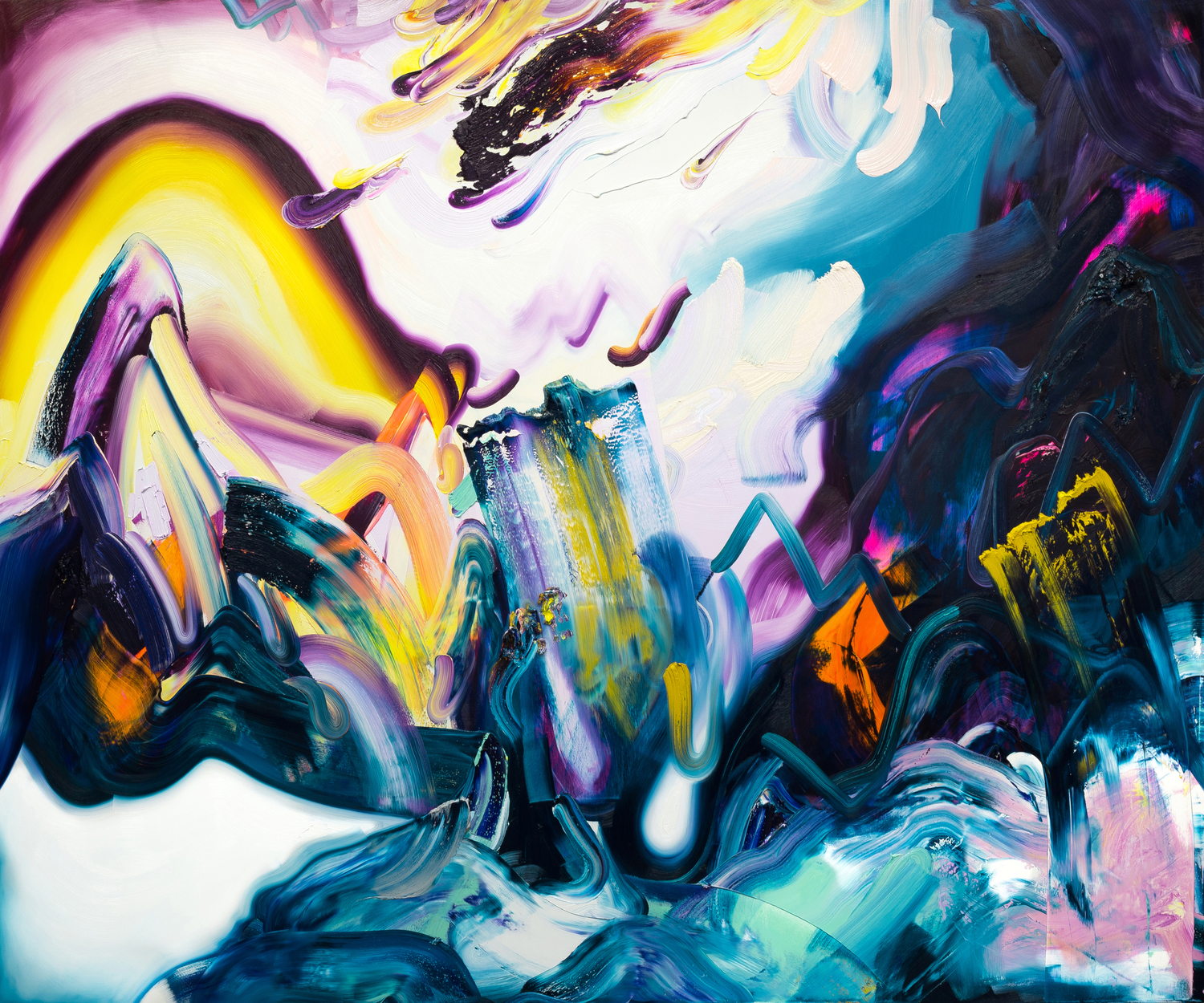By Randy Gladman
Some management gurus say there is no better time to start a new business than in the belly of a recessionary dip. While cautionary conservatism and fearful retreat seem to characterize conventional behavior during bad days, the contrarian view is that economic slowdowns are exactly the right times to gear up for upcoming growth cycles. With world markets bloodied like losing Ultimate Fighters, there are fantastic deals available in almost all categories, from real-estate to service contracts. Auctions abound with equipment and furniture available for cents on the dollar. Highly qualified yet unemployed business leaders, many of whom are flirting with desperation, are prospecting and available for hire. And with many investors still nursing third degree burns from stock market volatility, new ventures can leverage personal relationships to tap pools of financial resources usually destined for securities.
Cristin Tierney sees opportunity in current adverse conditions. On October 28, 2010, she opened her first gallery in a ground floor space in the ultra-important Chelsea art neighborhood of New York City. After two years of watching influential galleries close and art works remain unsold, she now perceives a thawing in the art market and believes it to be the beginning of the next bull-run. Tierney is not a naïve outsider. Prior to opening her gallery at 546 West 29th Street, she worked as an advisor for a number of high net worth private collectors and institutions throughout the United States. She holds a Masters degree from New York University’s Institute of Fine Arts and is half a dissertation away from her Ph.D. in Art History. She has taught at Christie’s Education in New York City and knows most of what can possibly be known about Modern and Contemporary artists and art market values.
Starting off with a warning shot across the bows of her many nearby gallery competitors, her very first exhibition features a solo effort by Peter Campus, long considered a ground breaking artist who practically invented video art. Campus, whose works have been collected by the MoMA, Guggenheim, Tate Modern, Renia Sofia, and Centre Pompidou, takes over the brand new gallery with a hypnotic seven-screen installation of video landscapes. Tierney figures starting off with a seminal figure in the history of video and new media art is probably a good idea.
In between frantic final preparations for the opening of her new gallery, I caught up with Tierney via email and asked her for her thoughts about starting a business in desperate times and what to buy with my last five grand.
Randy Gladman: Congratulations on the opening of your gallery. The contemporary art market in New York City is cutthroat and there are already hundreds of galleries in this one neighborhood alone. Here you come with another one. Are you crazy?
Cristin Tierney: Wow. Geez. Aren’t you supposed to start with a warm up question? Some kind of softball first? Anyone who opens an art gallery is a little bit crazy, although I prefer to think of myself as “colorful.” It is something one does for love not money. Are we really perceived as cutthroat? I think of the gallery system in New York as a really collegial place. I suppose from the outside looking in, other gallerists are competition, but from the inside looking out, those same people are some of your biggest supporters.
RG: You already have a thriving art advisory business. What made you want to move beyond that business model and start representing artists in a gallery format?
CT: I really enjoy working with many of our advisory clients and I plan to continue doing so. But I needed new challenges. And in the wake of 2008, lots of artists needed support. My Director, Heather Dell, and I curated several exhibitions in 2008-2009 and I really loved the whole process. I especially enjoyed working with the artists. I realized that I have worked in the art world for almost twenty years, and in all that time I never worked directly and consistently with artists. If not now, when?
RG: Why Chelsea?
CT: Because this is where deals are made, exhibition ideas are hatched and big things happen. Also, at this point in my life I am just not hip enough for the Lower East Side. I wish it weren’t true, but it is. With age comes self-awareness, I guess.
RG: You are already “representing” a number of artists. What does that mean to you? How will you manage all that responsibility? What do you plan to do differently than other galleries?
CT: Representing an artist is a huge responsibility. It isn’t just about selling his or her work, you are helping write the work into history. You have to strike a balance between the long-range plan and the daily to-do list, and spend time working on each one every day. One thing that we will do differently at our gallery is place a heavy emphasis on the idea of building a community. It isn’t just about selling art, it is about helping your artists build a network, helping them win residencies, fellowships and awards, placing their work in museum collections and making a whole team of people feel they are a part of this—curators, collectors, critics, artists. We want patrons to come into the gallery to view some art and stay a while. Have a coffee, talk about what’s on view at museums, and get invested in the artists and their projects, not just buy something. Our back room has a comfy couch, an oriental rug and a large library, not just more white walls. I want patrons and artists to feel at home here.
RG: How do you decide which artists you want to represent? What type of artists do you most want to work with? Early career? Established? Painters? Photographers?
CT: The artist/dealer relationship takes time to develop, and it is a bit like dating. You find some work that intrigues you, and you spend time learning about it, then you do a studio visit to see if personalities are compatible, etc. Usually we will do a project with an artist first, to see how the working relationship might develop, and also to see how the audience and market responds. And just like dating, you don’t always fall in love! Sometimes it turns out to be lust, and sometimes you end up becoming just friends. I don’t really have a “type,” although I gravitate toward artists who are borderline workaholic, no matter what materials they use. Some of the artists we work with are emerging and some are legends, like Peter Campus. I think that mix is important for the gallery and for our community of artists. It is inspiring for a young artist to show in the same space as Peter, and Peter’s work, in turn, evolves in response to younger artists. That’s great synergy, and that’s how it should be.
RG: Do you have a 5- and 10- year plan or are you taking it day by day?
CT: We do have a 10-year plan, but you still have to come to work every day with a to-do list, don’t you? It is important to dream big, but still be practical when it comes to execution.
RG: Many of our readers are professionals from fields not directly involved in the arts. They are, however, actively interested in the visual arts and trying to develop their tastes and understanding because they have the goal of developing sophisticated collections of their own over time. Do you have advice for people who want to purchase good contemporary art but aren’t yet sure of their own tastes?
CT: The more you look, the better your eye gets. See everything you possibly can, and try to do it with someone else, so you can talk about what you are seeing. Don’t spend all of your time at art fairs, because that is a terrible context for viewing artwork. Make sure you get out to the big (and small) museum shows on a regular basis— the art exhibited in museums is usually only the highest quality, and that gives you a basis for comparing art in other contexts. Connoisseurship is all about comparison. Judgments of quality are always based on how good an artwork is in comparison to other art. The more you see, the better your judgment gets. And make a conscious effort to get to galleries, to see the exhibitions on view and also to spend some time in the back room with the gallerist. These people are experts, and they are happy to spend time looking and talking about art with you, in a relaxed, intimate setting.
RG: Who are some artists new collectors should pay particular attention to?
CT: Oh my, where to begin?!?! I try to encourage new collectors to spend lots of time investigating video and new media, because I really believe it is the great art form of the 21st century, and there is amazing work being done in this arena. I am always surprised when collectors hesitate to buy video work. What is the big deal? This is an art form that everyone is already very familiar with—we were all raised by the same television, weren’t we? I am reminded of the fact that in the 20th century, many people were similarly hesitant about photography, and look what happened. You can build an amazing collection of video and new media right now. It is available, affordable, and some of the best art today is in this format. Take the risk—isn’t that what patronage is all about? Doing something daring and meaningful? Take a look at work by Kate Gilmore, Jesper Just, Eve Sussman and the Rufus Corporation, and Woods and Harrison. All are doing museum-quality work and each is very different in style and execution.
RG: Which three visual artists do you most admire?
CT: Who can answer that? That’s like asking who your favorite child is. Pass. (Although I admit that at the very top of my list is Edouard Manet, and that’s all I will say.)
RG: If you could convince any living artist to exhibit with your gallery, who would you be most likely to ask?
CT: I wish I could convince Gilbert and George to do a re-performance of their Singing Sculpture piece in the gallery. That would be pretty fabulous. And we would serve Gordon’s gin to everyone in the audience.
RG: Are there any particular initiatives you believe the government (local, state, federal) should undertake to help the creative industries at this difficult point in the economic cycle?
CT: Um, wow. Clearly you are Canadian, because this sort of thing doesn’t even occur to us folks down here in the States. The government? Every time they get involved they just tell us we are immoral, unconstitutional and un-American.
RG: What keeps you awake at night?
CT: Nothing keeps me awake at night. That’s how I know that I love what I do.
RG: In 100 words or less, what do you believe is happening in the art market right now?
CT: Yikes. Well, it is a period of regeneration. Two years ago the market came to a dead stop, and it is just now beginning to move again. And recovery will not be as slow as everyone thinks. Technology, and the resultant interconnectivity and availability of information, have created a new market with much tighter cycles. The ups and downs come and go much more quickly, and we are about to swing up, so get on board now.
RG: Buy or sell?
CT: Definitely buy. Great opportunities are out there in the galleries right now, and that won’t last forever.
RG: I have $5,000 and a great spot over my couch. What should I buy?
CT: Buy a photo by Joe Fig entitled Inka’s Floor from 2006. It has amazing color, great subject and size, and is really well priced at $2800.
To learn more about Cristin Tierney and her new gallery you can check out The New York Observer which is also from where we borrowed the photo of her gallery.
Interview by Randy Gladman. Originally posted on The Ministry of Artistic Affairs, November 2010.



